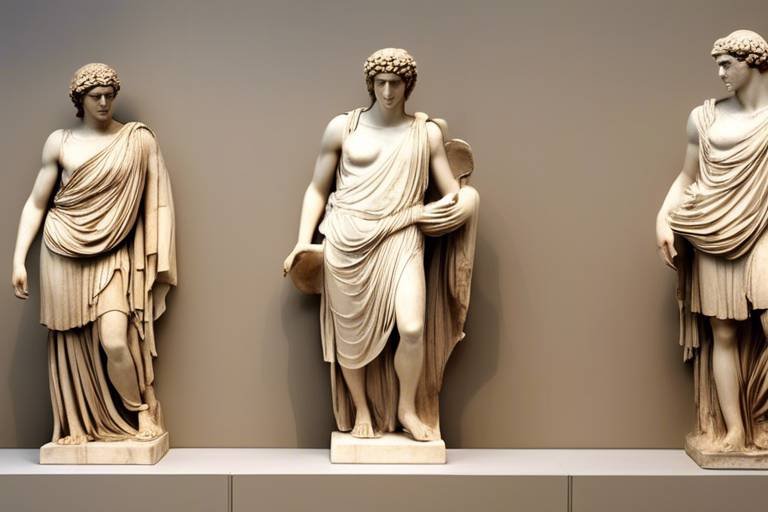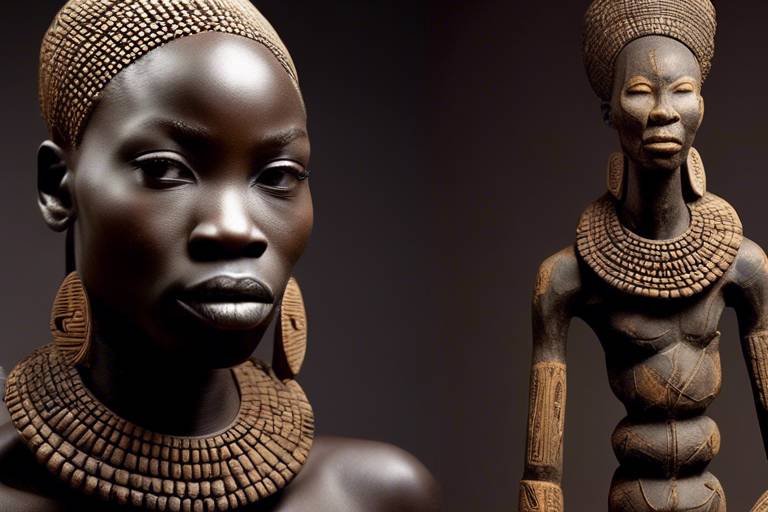The Aesthetic Principles of Ancient Greek Sculpture
When delving into the world of ancient Greek sculpture, one cannot help but be mesmerized by the profound aesthetic principles that guided the hands of the master sculptors. These timeless creations stand as testaments to the artistic ingenuity and philosophical depth of the ancient Greeks, encapsulating a harmonious blend of mythology, idealism, and naturalism.
At the heart of ancient Greek sculpture lies a deep reverence for mythological representation. Through the chiseling of gods, goddesses, and mythical beings in marble, sculptors sought to immortalize narratives, convey symbolic meanings, and embody cultural beliefs in tangible forms. Each sculpted figure serves as a vessel of storytelling, connecting the viewer to the divine realm and the rich tapestry of Greek mythology.
The idealized human form takes center stage in Greek sculpture, embodying the pursuit of physical perfection and harmony. Every curve, muscle, and contour is meticulously crafted to reflect the Greek ideals of beauty, balance, and proportion. The intricate details and anatomical precision of these sculptures serve as a testament to the reverence for the human body as a manifestation of divine beauty.
Naturalistic detailing breathes life into ancient Greek sculptures, capturing the essence of realism in expressions, features, and movements. By closely observing the natural world, sculptors infused their creations with a sense of vitality and lifelike qualities, blurring the line between art and reality. The meticulous attention to detail in portraying human and animal forms showcases the mastery of observation and artistic skill.
The innovative use of the contrapposto technique revolutionized the static nature of sculptures, infusing them with a dynamic sense of movement and fluidity. By shifting the body weight to one leg, sculptors created a naturalistic pose that enhanced the illusion of life in their works. This technique not only added a sense of balance and grace but also imbued the sculptures with a sense of energy and vitality.
Marble carving mastery stands as a hallmark of ancient Greek sculptors, who honed their craft with precision tools and techniques to sculpt intricate details, textures, and drapery. The transformation of raw marble into lifelike figures showcased the skill, dedication, and artistic vision of these master craftsmen. Each stroke of the chisel revealed a world of beauty and complexity, breathing life into the inert stone.
Integrating sculptures into architectural elements was a common practice in ancient Greece, where temples, friezes, and pediments served as the canvas for artistic expression. These monumental structures not only enhanced the visual appeal of the sculptures but also imbued them with a deeper sense of storytelling and religious significance. The seamless fusion of sculpture and architecture created a harmonious blend of art and function, enriching the cultural landscape of ancient Greece.
The cultural and symbolic significance of Greek sculptures transcends mere artistic expression, delving into the realms of politics, religion, and societal values. Each sculpted figure encapsulates a moment in history, a reflection of the beliefs and ideals of the ancient Greeks. From depictions of heroic feats to divine interventions, these sculptures serve as windows into a bygone era, offering insights into the collective consciousness of a civilization.
The enduring legacy of ancient Greek sculpture reverberates through the annals of art history, leaving an indelible mark on Western art, architecture, and aesthetics. The timeless beauty and innovation of these sculptures continue to inspire artists, architects, and art enthusiasts, serving as a beacon of artistic excellence and creative ingenuity. The legacy of ancient Greek sculpture stands as a testament to the power of art to transcend time and space, resonating across centuries and civilizations.

Mythological Representation
Exploring the artistic elements and philosophies that defined the aesthetic beauty of ancient Greek sculptures, showcasing the influence of mythology, idealism, and naturalism in shaping these iconic artistic creations.
Depicting gods, goddesses, and mythical figures in sculptures to convey narratives, symbolism, and cultural beliefs, highlighting the importance of storytelling and divine connections in Greek art.
Ancient Greek sculptures were not merely stone figures but embodiments of mythological tales and divine beings. The intricate craftsmanship and attention to detail in these sculptures served as a medium to narrate stories of gods, goddesses, and legendary heroes. Each sculpted figure carried symbolic significance, representing cultural beliefs and values that were deeply ingrained in Greek society.
These sculptures acted as visual storytellers, bringing to life the myths and legends that formed the foundation of Greek culture. The portrayal of mythological characters in various poses and expressions added depth and meaning to the sculptures, inviting viewers to delve into the rich tapestry of Greek mythology.
Through the art of sculpting, ancient Greek artists captured the essence of divine beings and mythical narratives, immortalizing these tales in marble and stone. The mythological representation in Greek sculptures not only showcased artistic skill but also served as a reflection of the spiritual and cultural beliefs of the ancient civilization.
1. How did mythology influence ancient Greek sculpture?
2. What were the common themes depicted in mythological sculptures?
3. How did Greek sculptors imbue divine qualities into their creations?
4. What role did storytelling play in the creation of mythological sculptures?
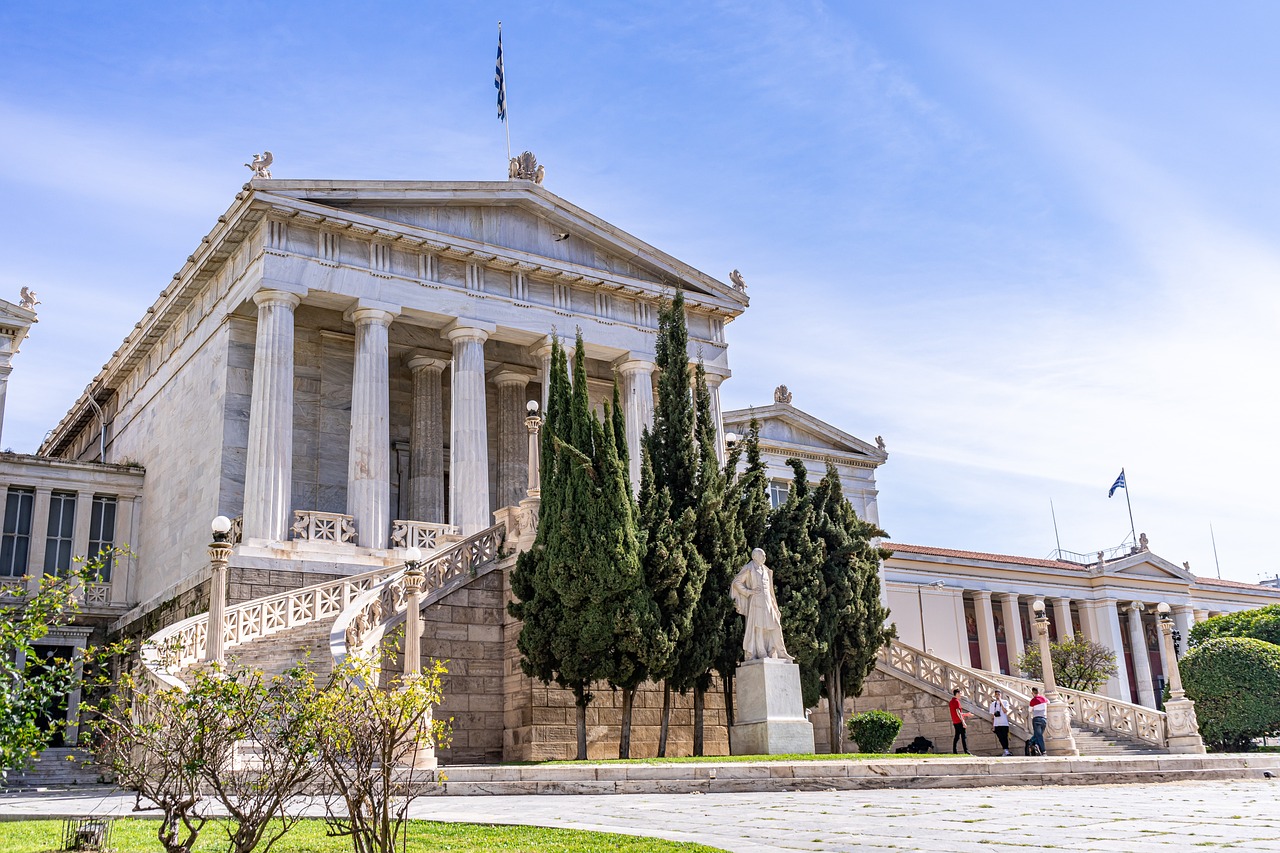
Idealized Human Form
Exploring the artistic elements and philosophies that defined the aesthetic beauty of ancient Greek sculptures, showcasing the influence of mythology, idealism, and naturalism in shaping these iconic artistic creations.
Embracing the concept of physical perfection and harmony in sculpting the human body, ancient Greek sculptures exemplified the ideals of beauty, balance, and proportion. The intricate details and anatomical precision in depicting the human form reflected the cultural emphasis on physical excellence and symmetry. Sculptors meticulously crafted muscles, facial features, and postures to convey a sense of idealized beauty that transcended mere realism.

Naturalistic Detailing
Ancient Greek sculptures are renowned for their naturalistic detailing, which captured the essence of the natural world with remarkable precision and artistry. Sculptors meticulously observed human and animal forms, intricately portraying realistic features, expressions, and movements in their works. By focusing on accuracy and lifelike qualities, these sculptures sought to evoke a sense of familiarity and connection with the viewers, blurring the line between art and reality.
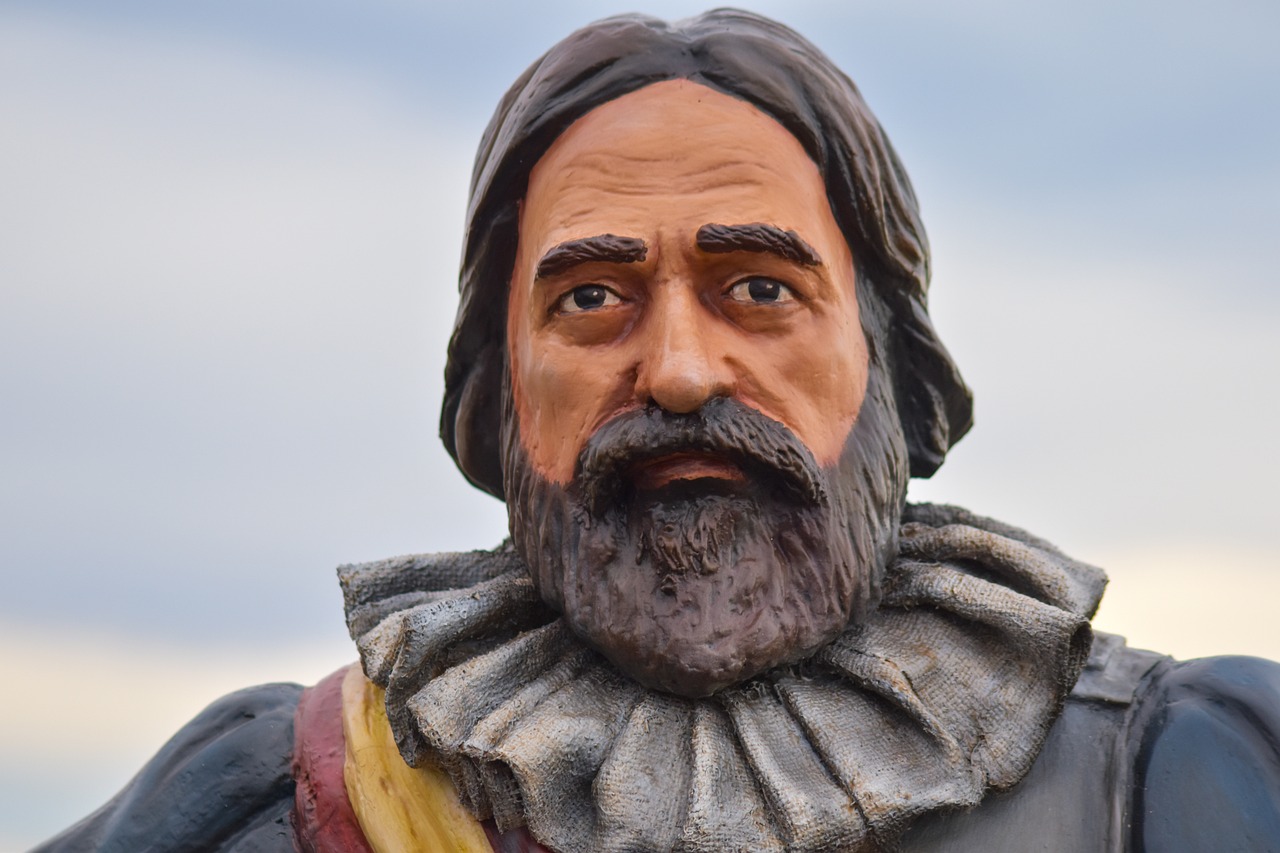
Contrapposto Technique
Exploring the artistic elements and philosophies that defined the aesthetic beauty of ancient Greek sculptures, showcasing the influence of mythology, idealism, and naturalism in shaping these iconic artistic creations.
The Contrapposto technique is a hallmark of ancient Greek sculpture, revolutionizing the portrayal of human figures in a dynamic and lifelike manner. By shifting the body weight to one leg and creating a naturalistic stance, sculptors infused their works with a sense of movement, balance, and vitality. This technique not only added a realistic dimension to the statues but also enhanced the illusion of life within the static artwork. It allowed artists to convey a sense of grace and fluidity, capturing the essence of human motion and emotion in a way that had never been seen before.
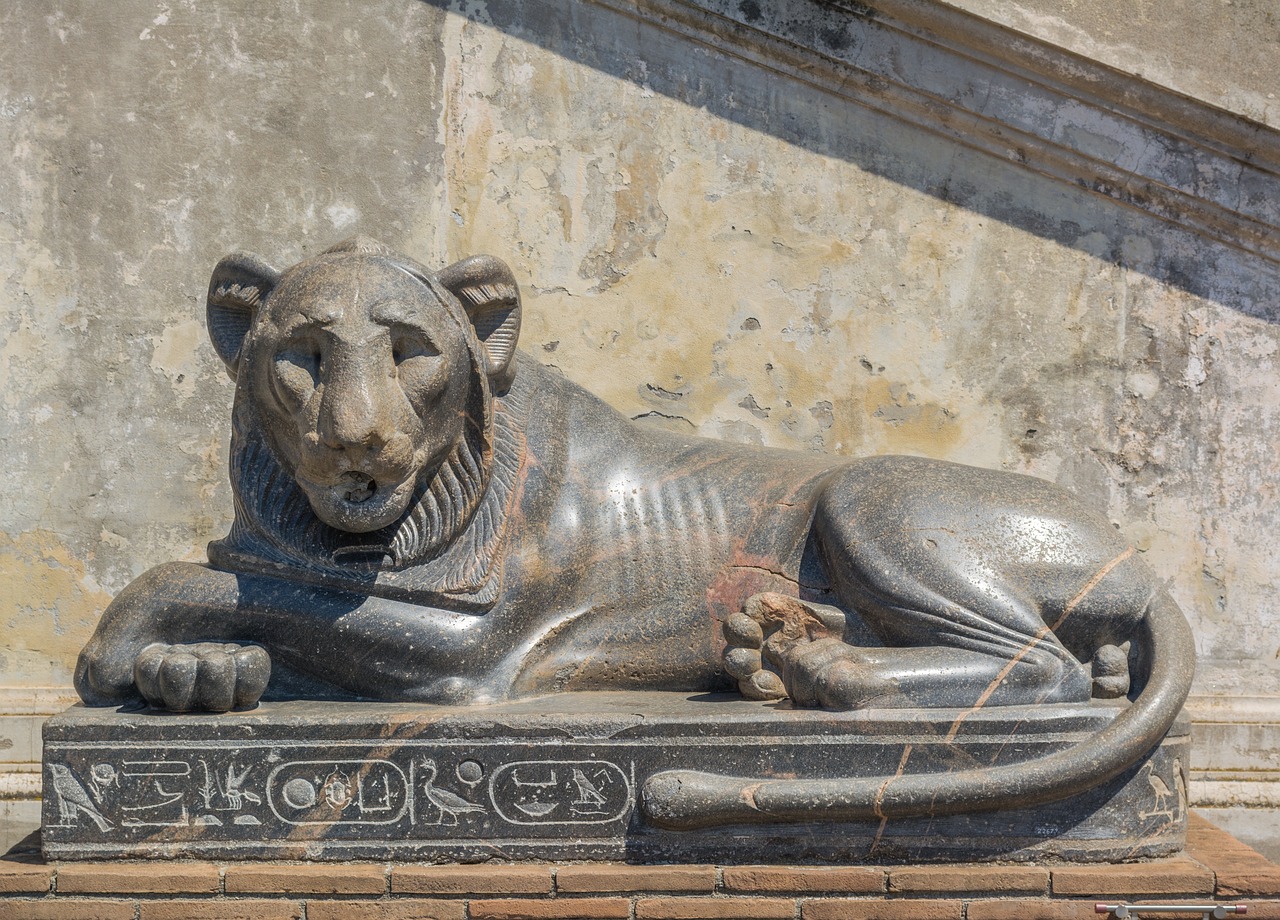
Marble Carving Mastery
Exploring the artistic elements and philosophies that defined the aesthetic beauty of ancient Greek sculptures, showcasing the influence of mythology, idealism, and naturalism in shaping these iconic artistic creations.
The mastery of marble carving was a hallmark of ancient Greek sculptors, demonstrating their exceptional skill, precision, and dedication to their craft. Utilizing specialized tools and techniques, these artisans transformed blocks of marble into intricate masterpieces that showcased a remarkable attention to detail and craftsmanship.
Through the art of marble sculpting, Greek artists were able to capture the essence of their subjects with unparalleled realism and sophistication. From the delicate drapery of garments to the subtle nuances of facial expressions, every aspect of the sculpture was meticulously carved to perfection, reflecting the aesthetic ideals of beauty, balance, and harmony revered in Greek culture.
Marble carving not only required technical expertise but also a deep understanding of the medium itself. Sculptors had to navigate the unique qualities of marble, such as its hardness and veining, to bring their creations to life. The process involved meticulous planning, precise execution, and a profound respect for the material, resulting in sculptures that stood as timeless testaments to the skill and artistry of ancient Greek craftsmen.
Furthermore, the use of marble in sculpting held symbolic significance in Greek society, representing purity, endurance, and divine beauty. The luminous quality of marble, coupled with the intricate detailing achieved through carving, elevated sculptures to a level of transcendent elegance and aesthetic appeal, captivating viewers and immortalizing the subjects depicted in stone.
In essence, marble carving mastery was not merely a technical skill but a profound art form that embodied the artistic excellence and cultural sophistication of ancient Greek civilization. The legacy of these sculptors continues to inspire and awe audiences to this day, serving as a testament to the enduring power and beauty of Greek sculpture.
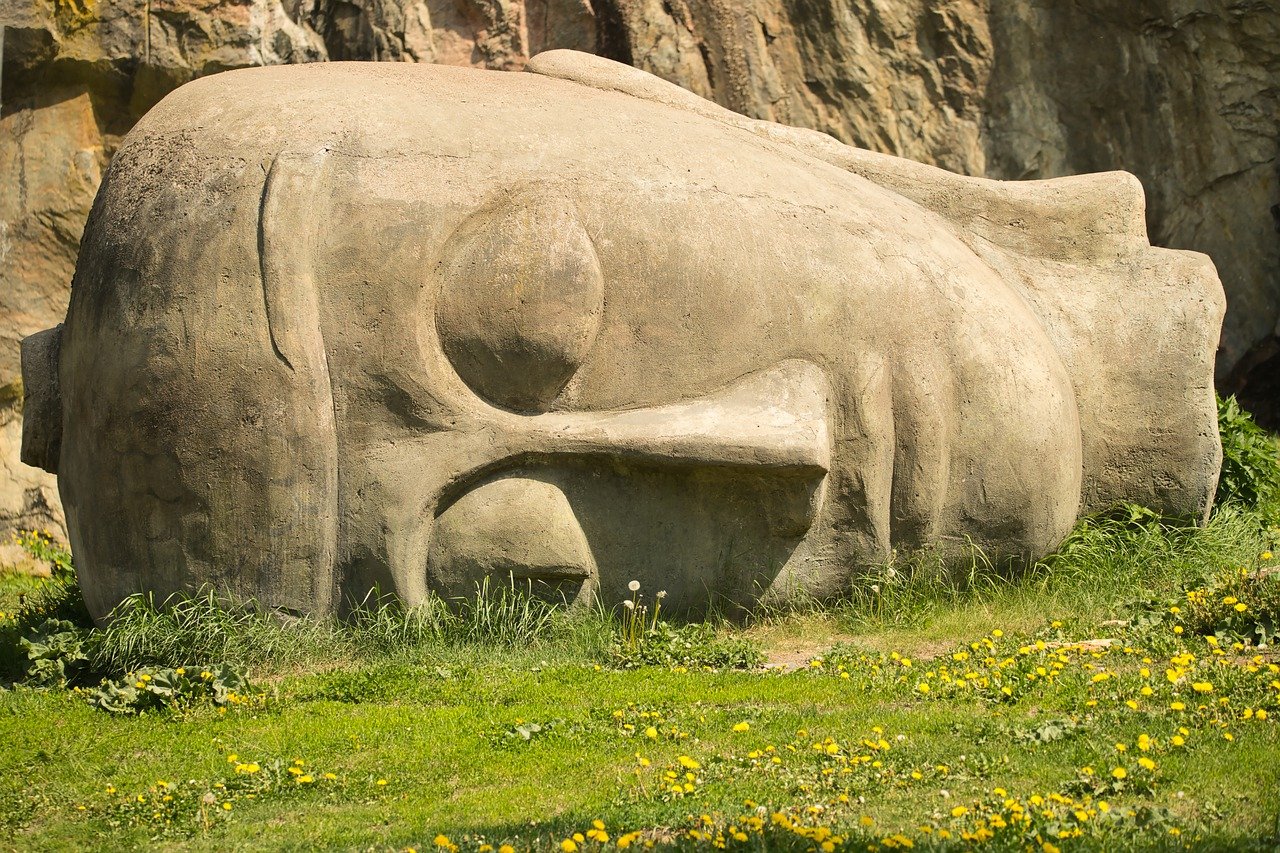
Architectural Integration
Exploring the artistic elements and philosophies that defined the aesthetic beauty of ancient Greek sculptures, showcasing the influence of mythology, idealism, and naturalism in shaping these iconic artistic creations.
Architectural integration played a crucial role in the presentation and significance of ancient Greek sculptures. These sculptures were not merely standalone artworks but were intricately woven into the fabric of monumental structures such as temples, friezes, and pediments. The placement of sculptures within architectural elements served to enhance the visual appeal of the buildings, creating a harmonious blend of art and architecture.
By integrating sculptures into architectural designs, the ancient Greeks were able to infuse storytelling and religious symbolism into the very structure of their buildings. These sculptures were not just decorative additions but integral components that conveyed cultural narratives, mythological tales, and historical events to those who beheld them. The synergy between sculpture and architecture created a multisensory experience for viewers, immersing them in a world where art and edifice were seamlessly intertwined.
Furthermore, the architectural integration of sculptures underscored the religious significance of these artworks. Adorning temples with sculptures of gods and goddesses elevated the sacred nature of these spaces, inviting worshippers to connect with the divine through visual representations. The intricate carvings and intricate details of the sculptures added a layer of reverence and grandeur to the architectural landscape, transforming ordinary structures into sacred sanctuaries.
In essence, architectural integration not only enhanced the aesthetic appeal of ancient Greek sculptures but also imbued them with deeper meaning and cultural significance. The seamless blending of art and architecture in monumental structures exemplified the artistic ingenuity and spiritual devotion of the ancient Greeks, leaving a lasting legacy that continues to inspire and awe viewers to this day.
Stay tuned for answers to common queries about ancient Greek sculpture, its historical context, artistic techniques, and enduring legacy.
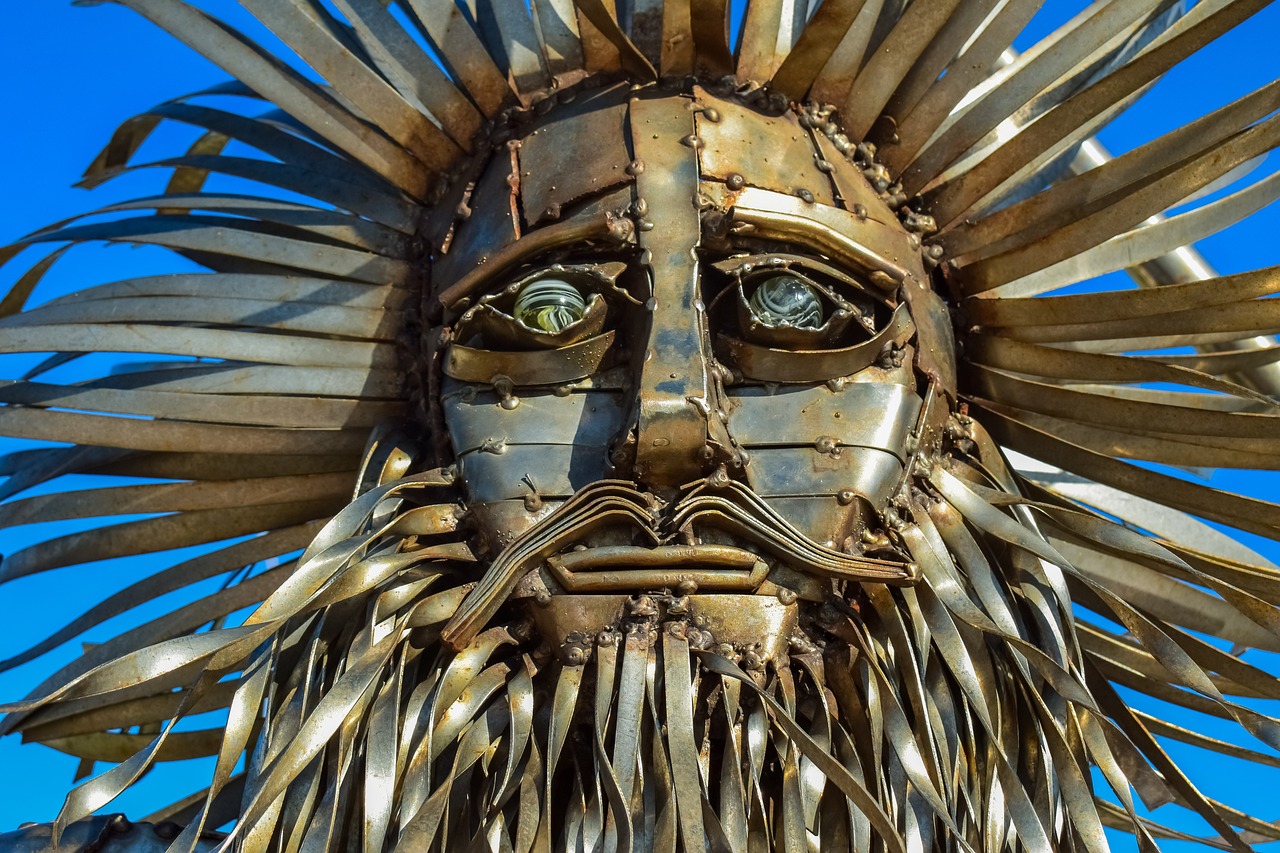
Cultural and Symbolic Significance
Exploring the artistic elements and philosophies that defined the aesthetic beauty of ancient Greek sculptures, showcasing the influence of mythology, idealism, and naturalism in shaping these iconic artistic creations.
The cultural and symbolic significance of ancient Greek sculptures goes beyond mere artistic expression; it serves as a window into the values, beliefs, and historical context of the ancient Greek civilization. Each sculpture carries layers of meaning, reflecting the societal norms, political ideologies, and religious practices of the time.
One of the key aspects of the cultural significance of Greek sculptures is their role in honoring and immortalizing important figures such as gods, heroes, and political leaders. These sculptures were not merely decorative pieces but served as embodiments of power, virtue, and legacy. The intricate details and idealized forms of these sculptures conveyed a sense of divine presence and authority, shaping the collective identity of the Greek society.
Moreover, Greek sculptures were deeply intertwined with religious practices and beliefs. They adorned temples, sanctuaries, and public spaces, acting as conduits between the mortal world and the divine realm. The depiction of gods and goddesses in sculptures symbolized the spiritual connection between humans and the divine, reinforcing the religious rituals and mythological narratives of the ancient Greeks.
Furthermore, the symbolic significance of Greek sculptures extended to mythological allegories, historical events, and moral lessons. Each sculpture told a story, whether it was the heroic deeds of Hercules, the tragic fate of Niobe, or the triumph of Athena. These narratives not only entertained viewers but also conveyed ethical values, cultural heritage, and lessons from the past, fostering a sense of continuity and identity within the Greek society.
In essence, the cultural and symbolic significance of ancient Greek sculptures transcends mere artistic expression; it serves as a mirror reflecting the rich tapestry of beliefs, values, and traditions that defined one of the most influential civilizations in history.
Stay tuned for some frequently asked questions about ancient Greek sculpture and their answers!

Lingering Legacy and Influence
Exploring the artistic elements and philosophies that defined the aesthetic beauty of ancient Greek sculptures, showcasing the influence of mythology, idealism, and naturalism in shaping these iconic artistic creations.
Depicting gods, goddesses, and mythical figures in sculptures to convey narratives, symbolism, and cultural beliefs, highlighting the importance of storytelling and divine connections in Greek art.
Embracing the concept of physical perfection and harmony in sculpting the human body, reflecting Greek ideals of beauty, balance, and proportion through intricate details and anatomical precision.
Capturing realistic features, expressions, and movements in sculptures to mimic the natural world, emphasizing observation, accuracy, and lifelike qualities in portraying human and animal forms.
Utilizing a dynamic pose where the body weight shifts to one leg, creating a sense of movement, balance, and fluidity in sculptures, enhancing the illusion of life and vitality in static artworks.
Mastering the art of marble sculpting with precision tools and techniques to sculpt intricate details, textures, and drapery, showcasing the skill, craftsmanship, and dedication of ancient Greek sculptors.
Incorporating sculptures into architectural elements such as temples, friezes, and pediments to enhance the visual appeal, storytelling, and religious significance of monumental structures in ancient Greece.
Exploring the cultural, political, and symbolic meanings embedded in Greek sculptures, reflecting societal values, religious beliefs, and historical events through iconic artistic representations.
Tracing the enduring impact of ancient Greek sculpture on Western art, architecture, and aesthetics, celebrating its legacy as a timeless source of inspiration, innovation, and artistic excellence.
Frequently Asked Questions
- What materials were commonly used in ancient Greek sculpture?
Ancient Greek sculptors primarily used materials such as marble, bronze, and clay for their artistic creations. Marble, in particular, was highly favored for its durability and ability to showcase intricate details.
- How did mythology influence ancient Greek sculptures?
Mythology played a significant role in ancient Greek sculpture by providing themes, narratives, and divine inspiration for sculptors. Gods, goddesses, and mythical figures were commonly depicted, reflecting cultural beliefs and storytelling traditions.
- What is the significance of the contrapposto technique in Greek sculpture?
The contrapposto technique, characterized by a dynamic pose with shifting body weight, added a sense of movement and naturalism to Greek sculptures. It enhanced the illusion of life and vitality in static artworks, showcasing the sculptors' mastery of form and balance.
- How did ancient Greek sculptures influence Western art and architecture?
Ancient Greek sculptures had a profound impact on Western art and architecture, serving as a source of inspiration for artists and architects throughout history. The emphasis on idealized human forms, naturalistic detailing, and architectural integration continues to influence artistic practices to this day.

